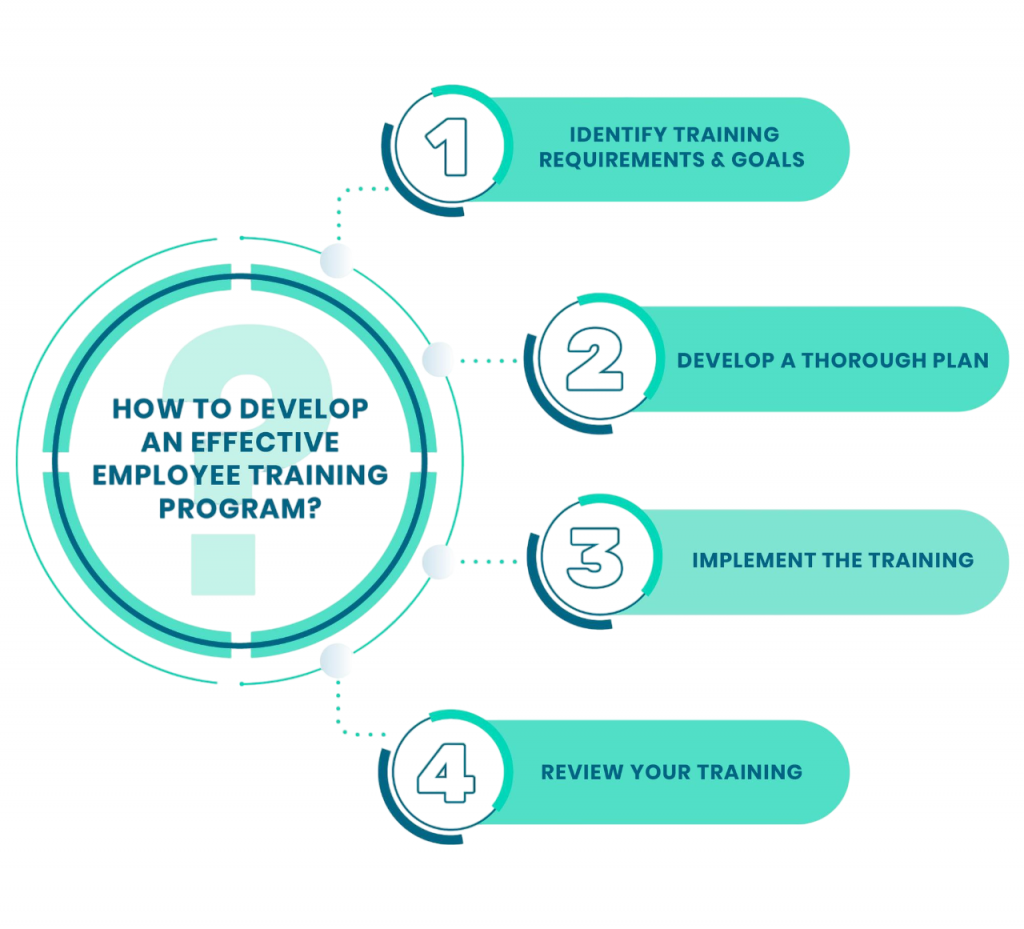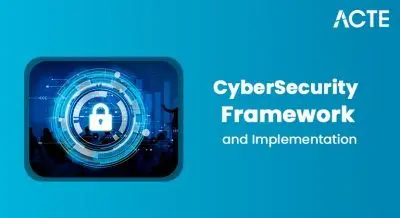
- How to Make Corporate Training
- Aligning Training with Business Goals
- Key Components of an Effective Training Program
- Tailoring Training to Your Employees’ Needs
- The Power of Blended Learning Approaches
- Driving Engagement Before, During, and After Training
- Measuring the Effectiveness and ROI of Your Training
- Common Pitfalls to Avoid in Corporate Training
- Conclusion
How to Make Corporate Training
Companies worldwide spend billions of dollars each year on employee training, but many of these programs fail to provide a real return on investment. We’ve all experienced it: sitting through a mandatory slideshow, questioning how any of it relates to our actual job. This disconnect wastes time and money. It also leaves employees disengaged and creates a growing skills gap that can hinder a company’s growth. The reality is that effective employee training is not a cost; it’s an important investment in your most valuable asset: your people. To close that skills gap with future-ready expertise, explore Machine Learning Training a hands-on program designed to upskill teams in data-driven decision-making, automation, and intelligent systems. This guide will help you change your workplace training from a forgettable task into a tool that improves performance, morale, and your bottom line. Before you can create successful corporate training programs, you need to grasp their basic purpose.
Aligning Training with Business Goals
Training that stands alone is set to fail. To make sure your efforts pay off, you need to connect your learning and development goals with your organization’s business objectives. Start by asking what the company wants to achieve. Is the goal to enter a new market? Increase operational efficiency by 15%? Reduce customer churn? Once you have a clear answer, you can create a training plan that gives your employees the specific skills needed to meet those targets. To align those skills with scalable cloud-based machine learning solutions, explore Overview of ML on AWS a strategic guide that explains how AWS empowers teams to build, deploy, and optimize ML models that drive measurable business outcomes. For instance, if market expansion is the goal, your training might cover cross-cultural communication and international sales tactics. This connection ensures that every dollar spent on training leads directly to real business results.
Ready to Get Certified in Machine Learning? Explore the Program Now Machine Learning Online Training Offered By ACTE Right Now!
Key Components of an Effective Training Program
A successful program goes beyond good intentions. It relies on a framework of proven components that work together to create a meaningful learning experience. Think of these as the key ingredients for effective employee training. To understand how intelligent systems identify trends and automate decisions within such frameworks, explore Pattern Recognition and Machine Learning a foundational guide that explains the algorithms, statistical models, and practical applications driving modern AI solutions.

- Clear Learning Objectives: Clearly define what employees should know or be able to do after the training. Instead of using a vague goal like “learn about marketing,” opt for a specific objective like “create a social media content calendar using our new template.”
- Engaging and Relevant Content: Avoid static presentations. Include interactive elements like real-world case studies, group discussions, simulations, and hands-on activities. The content should relate directly to the employees’ daily tasks and challenges.
- Skilled Facilitators: A great trainer can make even complex topics understandable and engaging. Whether in person or online, your facilitators should be experts in their subject matter and skilled in communication and adult learning principles.
- Opportunities for Practice: Adults learn by doing. Your training should offer plenty of chances for participants to practice their new skills in a safe, supportive environment, along with constructive feedback.
- Assess Current Skill Levels: Before starting a program, use surveys, performance reviews, or skills assessments to find the specific knowledge gaps you need to fill. This prevents wasting time on topics your team already knows.
- Consider Different Learning Styles: People absorb information in different ways. Offer a mix of visual aids like videos and infographics, auditory content such as lectures and podcasts, and kinesthetic activities like role-playing and workshops to reach everyone.
- Provide Flexible Learning Options: In today’s fast-paced world, flexibility is essential. Offer a combination of self-paced e-learning modules, live webinars, and in-person sessions to fit various schedules and preferences.
- Personalize Learning Paths: Empower employees by letting them choose training modules that match their personal career goals. This increases employee engagement and shows that the company cares about their long-term growth.
- Irrelevant Content: Offering training that doesn’t address a real problem or relate directly to an employee’s role.
- Lack of Follow-Up: Viewing training as a one-time event without any reinforcement or chances to apply new knowledge.
- No Manager Buy-In: Neglecting to involve managers, who are essential for supporting and reinforcing the training on the job.
- Boring Delivery Methods: Relying only on passive methods like lectures or long slideshows that make employees lose interest.
- Ignoring Feedback: Failing to collect or act on feedback from participants to improve future sessions.
To Explore Machine Learning in Depth, Check Out Our Comprehensive Machine Learning Online Training To Gain Insights From Our Experts!
Tailoring Training to Your Employees’ Needs
A one-size-fits-all approach to workplace training rarely works. Every employee has a unique set of skills, experiences, and learning preferences. To improve training effectiveness, you must tailor the experience to meet their individual needs. For insights into how algorithms mimic this adaptive logic, explore Decision Trees in Machine Learning a practical guide that explains how decision paths are structured, optimized, and applied to classification and prediction tasks.
The Power of Blended Learning Approaches
One of the most effective strategies in training and development is the blended learning approach. This method combines the structure and human interaction of traditional, face-to-face instruction with the flexibility and accessibility of online learning. For example, an employee might finish a self-paced e-learning course on leadership theory and then participate in an in-person workshop to practice their new skills through role-playing scenarios. To extend this blended learning approach into technical domains, explore Machine Learning Training a hands-on program that combines theoretical foundations with practical exercises to help professionals build real-world AI solutions. This approach caters to different learning styles and improves knowledge retention by reinforcing concepts in various formats. Additionally, it is often more cost-effective and scalable than training that is purely in-person.
Looking to Master Machine Learning? Discover the Machine Learning Expert Masters Program Training Course Available at ACTE Now!
Driving Engagement Before, During, and After Training
Engagement is the key part that helps learning really stick. It’s not enough to just present content; you need to grab your employees’ attention and interest throughout the whole process. Before the training, create excitement by clearly explaining what they will gain.

To show how precise classification models deliver real-world impact, explore Support Vector Machine (SVM) Algorithm a focused guide that explains how SVMs separate data points with maximum margin, enabling accurate predictions in fields like finance, healthcare, and image recognition. During the session, keep the energy up with interactive parts like polls, quizzes, and group discussions. Most importantly, don’t let the learning end when the session is over. After training, offer resources like job aids, summary sheets, and follow-up coaching to support employees in using their new skills at work. This ongoing effort is essential for effective training in the long run.
Measuring the Effectiveness and ROI of Your Training
How can you tell if your training programs are effective? You need to measure them. Tracking how well training works is important for justifying your budget and improving your efforts. Go beyond basic satisfaction surveys. Look at how training has changed behavior on the job. Are employees using the new process? Has their performance improved in important areas? Finally, link these changes to business results. To understand the technology driving such behavioral analytics, explore What Is Machine Learning a foundational guide that explains how systems learn from data, adapt to patterns, and generate insights that support measurable outcomes. Did the sales training lead to more revenue? Did the safety training lower workplace accidents? By tracking these key performance indicators (KPIs), you can calculate a clear return on investment (ROI) and show the value of your learning and development initiatives.
Preparing for Machine Learning Job Interviews? Have a Look at Our Blog on Machine Learning Interview Questions and Answers To Ace Your Interview!
Common Pitfalls to Avoid in Corporate Training
Even with good intentions, many training programs fail. By understanding common mistakes, you can guide your programs toward success. To see how ensemble learning tackles similar challenges in predictive modeling, explore Bagging vs Boosting in Machine Learning a comparative guide that explains how these techniques reduce variance and bias to improve model accuracy and resilience.
Conclusion
Ultimately, making corporate training effective involves more than just a single program. It’s about creating a culture of continuous learning. When training is well-planned, engaging, and connected to both employee and business goals, it becomes a powerful tool. To align technical upskilling with strategic growth, explore Machine Learning Training a hands-on program that empowers professionals to build intelligent systems, automate workflows, and drive innovation across departments. It empowers employees, fills the skills gap, and provides your organization with a competitive advantage. By following these guidelines, you can go beyond merely “doing training” and start developing a smarter, more capable, and more motivated workforce ready to face any challenge.



